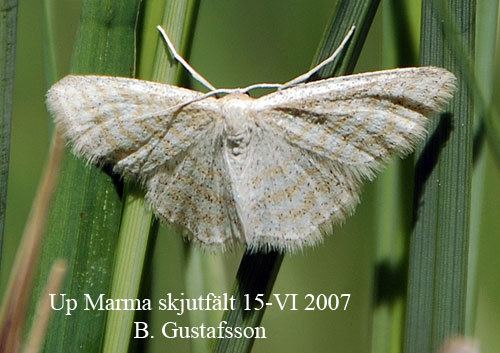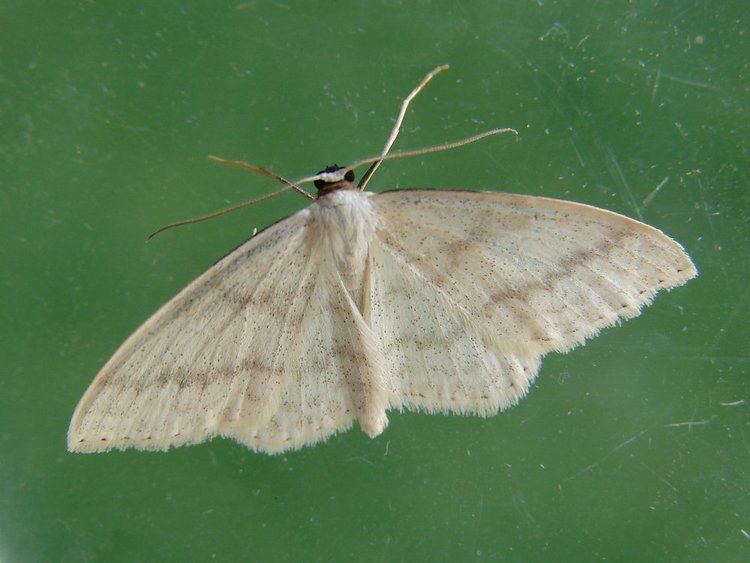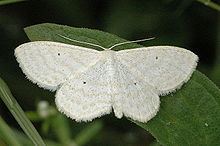Higher classification Scopula | Family Geometridae Scientific name Scopula immutata Rank Species | |
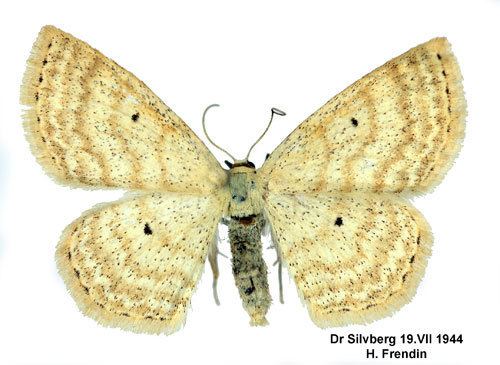 | ||
Similar Scopula, Butterflies and moths, Cream wave, Scopula ornata, Mesoleuca albicillata | ||
Acidalie des p turages scopula immutata bruitx
Scopula immutata, the lesser cream wave, is a moth of the family Geometridae. It is found throughout Europe.
Contents
Scopula immutata
Distribution
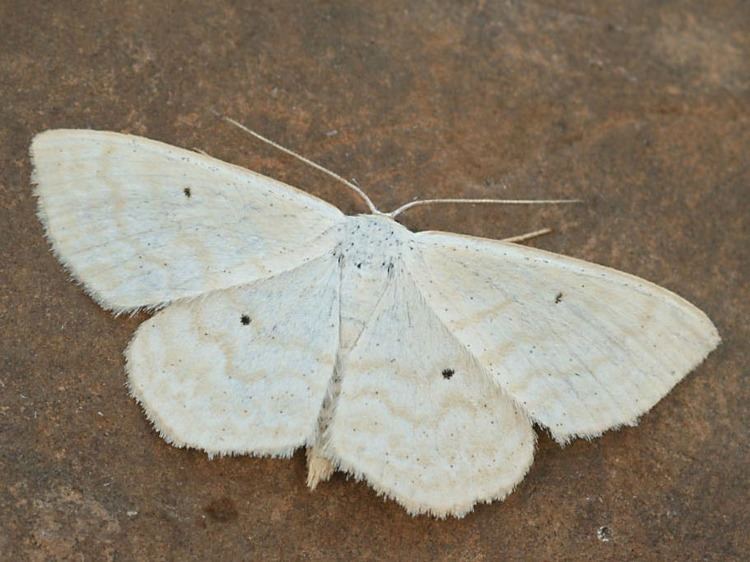
A typical temperate to boreal Palearctic species. In Europe it ranges from the West coast of France and the British Isles to the Urals. In the North it extends from Central Scandinavia, South to Central Italy and South Bulgaria. This latter occurrence is isolated from the main populations and is limited to higher regions. There are also isolated, very much small occurrences in Northern Portugal and North-eastern Spain, as well as evidence in Corsica and Sardinia. However, these findings must still be confirmed. Outside Europe the species spreads East across the Caucasus, Kazakhstan, Southern Siberia, Mongolia and the Russian Far East and Sakhalin.

The species is moisture-loving and is therefore found in humid forests, swamps, bogs, wet meadows and along rivers. In the Alps and southern Europe it rises up to 1200 meters, rarely even higher (max. 1,850 meters).
Description
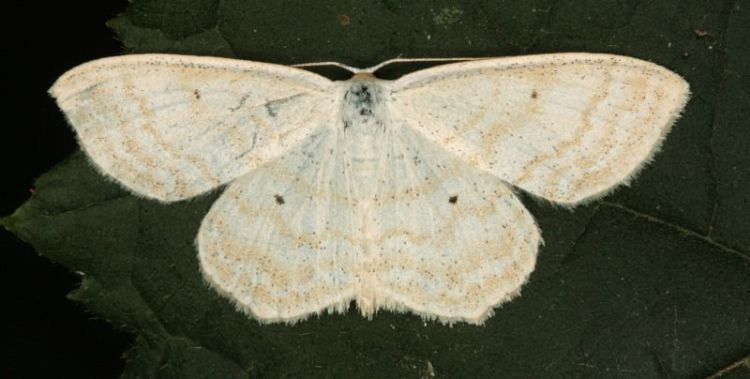
The wingspan is 24–27 mm. The length of the forewings is 12–13 mm.The second generation in the South and moths in the North of the range can reach only 19 to 23 mm. The ground colour is silk white with yellow dusting of varying intensity (particularly in the males).Drought and high temperatures during the development of the pupae induce more yellowish moths with pronounced pattern. The wavy crosslines are yellowish, ochreous to light brown in colour (with a fine scattering of black scales) .Typically there are four crosslines and a wavy marginal line (often wide and blurred). Discal flecks are always present, but they can be much weaker on the front wings. Marginal stains are occasional,and then quite small and inconspicuous.
Similar Species: Distinguished from Scopula floslactata by its more rounded forewings and black discal spot.
The moth flies in one generation from June to August in western Europe.
The larvae feed on meadowsweet and valerian.
